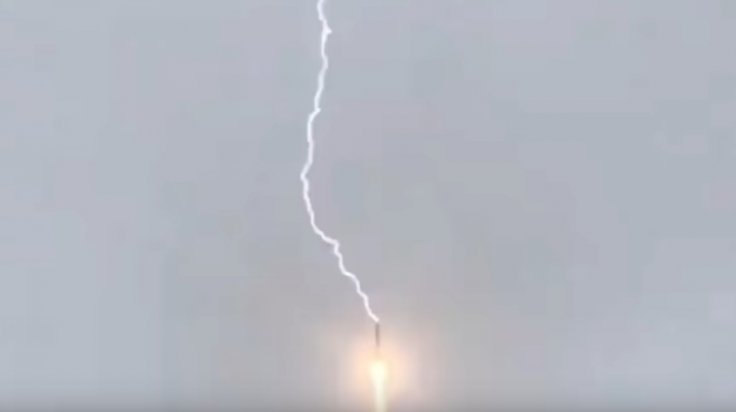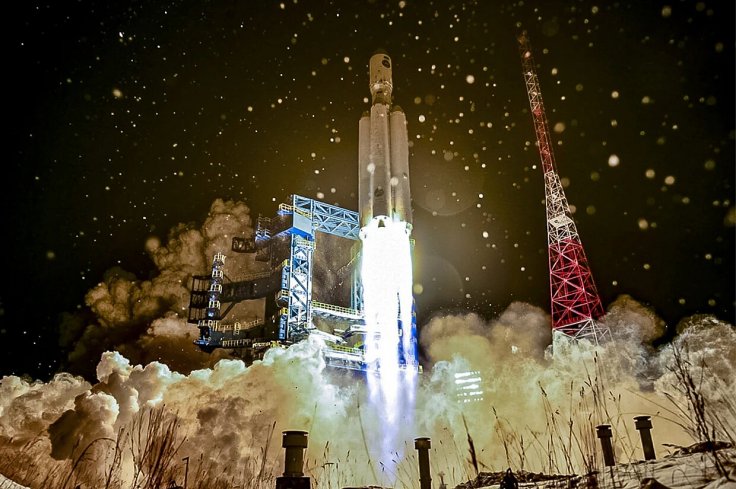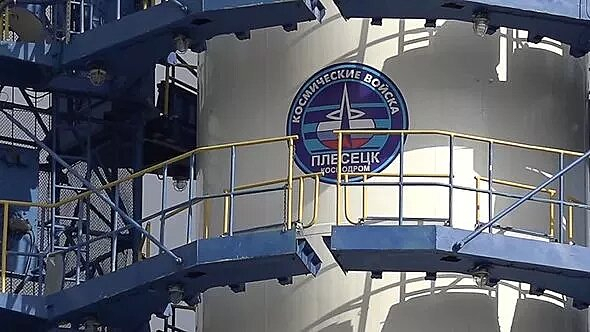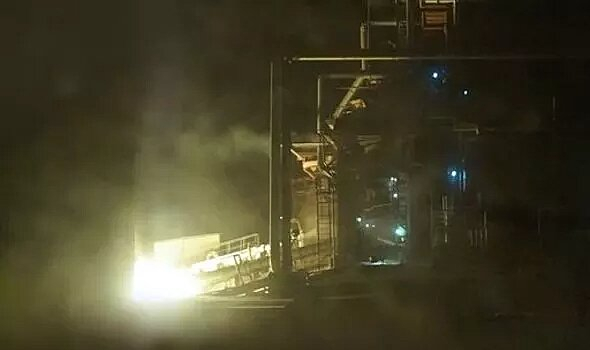On Wednesday, Russia's Angara A5 launch turned into a fiasco, and parts of the rocket made an out-of-control way back to Earth and landed in the Pacific Ocean. The United States Space command team that monitors all the space activities confirmed the same.

Initially, the Russian Rocket Angara A5 launch was lauded successful, where officials stated that all the activities happened according to the designed plan.
The Anagra-A5 rocket, eponymous of one of the Siberian rivers, was launched by scientists on 27th December 2021. As per state-run media, the aim of the launch was to experiment with the novel upper-stage rocket, Persei booster.
Angara's ill-fated Persei space tug to fall back to Earth tomorrow (yes, this is how it looks, seriously!) Its ~18 tons of propellants were likely drained, so around 3.5 tons of metal remain to plunge through the atmosphere. UPDATES in the morning: https://t.co/ELAHwqYs7F pic.twitter.com/uJxP192O11
— Anatoly Zak (@RussianSpaceWeb) January 5, 2022
Jonathan McDowell, Astronomer at the Center for Astrophysics, took to his Twitter and updated the incident with multiple tweets in real-time.

"Persei stage now expected to reenter between 1800 and 2200 UTC. Here is the height vs time - object A (blue) is the main, dense object. Objects B, C, and D have already reentered", tweeted McDowell.
Significant Risk
"Latest Persei orbit 119 x 137 km x 63.4 deg. Reentry prediction from @18SPCS: Reentry between 1800 and 2200 UTC. It is now 1833 UTC, so we are within the reentry window. If it's still in orbit it's passing NE over the N Atlantic."
"To be clear, I do NOT regard this object as a significant risk. Reentries for an object with a dry mass of about 4 tonnes may see some debris reach the ground, but not much."
"Updated Persei reentry-window ground track: Indian Ocean, Southern Ocean, Pacific, Mexico, Texas."
"Persei reentry window is now over - meaning we think it has probably reentered, and we are now just waiting for @18SPCS to tell us when and where it happened (which could be a few hours, or sooner).
Persei reentry confirmed: 2108 UTC over 121W 14S in the South Pacfici
— Jonathan McDowell (@planet4589) January 5, 2022
He finally confirmed the location with a tweet: "Persei reentry confirmed: 2108 UTC over 121W 14S in the South Pacific."
Although the launch was termed victorious, the booster ostensibly endured through an engine failure, which subsequently averted the rocket from entering beyond the earth's lower orbit.

Well, this is not the first time where parts of the rocket reentered Earth's atmosphere. There would be an issue only if large rocket parts or space debris make their way crash landing at a place where humans reside.
Another Incident
As long as the pieces plummet in the open arenas or oceans, it would be no harm to the human race. "While it was highly unlikely that the rocket would cause damage or hurt anyone, "the risk is real and cannot be ignored", stated Krag.

These kinds of re-entries don't feel uncanny because whenever a rocket makes its way up, some parts are distinctly possible to crumble. While a few shattered parts entirely make it through.
"You might get a few hundred kilograms surviving to the surface," McDowell said. "Most of it will melt, but some of the denser engine parts will probably survive."
In the previous year, the same incident took place with China's Long March 5B rocket. Here, the uncontrollable nosediving space projectile landed in the Indian Ocean. NASA administrator Bill Nelson chastised China for "failing to meet responsible standards regarding their space debris."









